#rko films
Text
On March 27, 1990, Citizen Kane debuted on East German television.
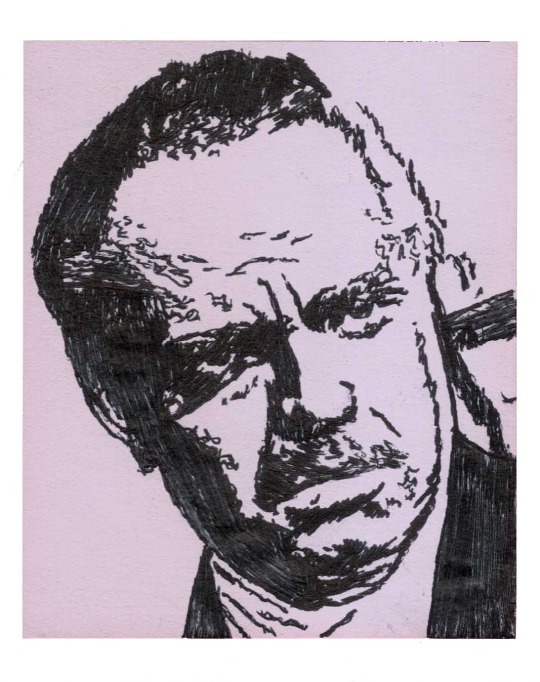
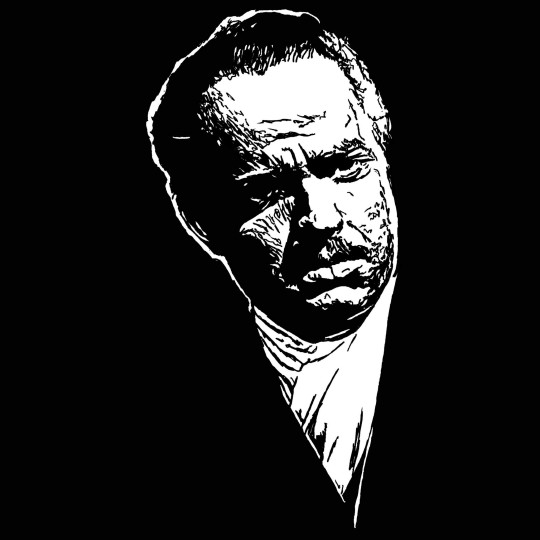
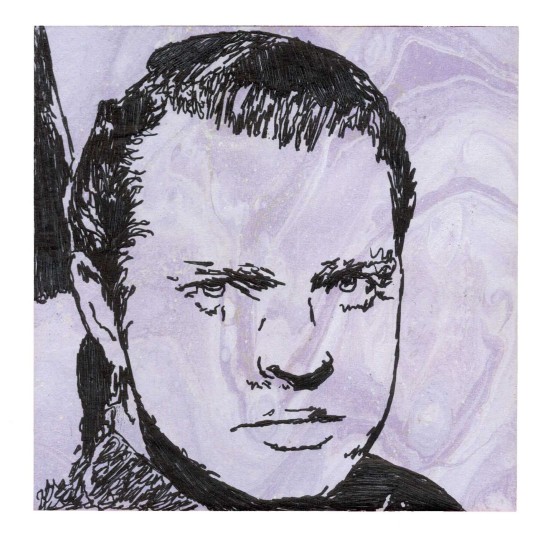
#citizen kane 1941#citizen kane#orson welles#40s movies#herman mankiewicz#biopic#drama film#charles foster kane#national film registry#classic film#classic cinema#expressionist film#business film#black and white film#r.k.o. studios#rko films#rko pictures#movie art#art#drawing#movie history#pop art#modern art#pop surrealism#cult movies#portrait#cult film
0 notes
Text
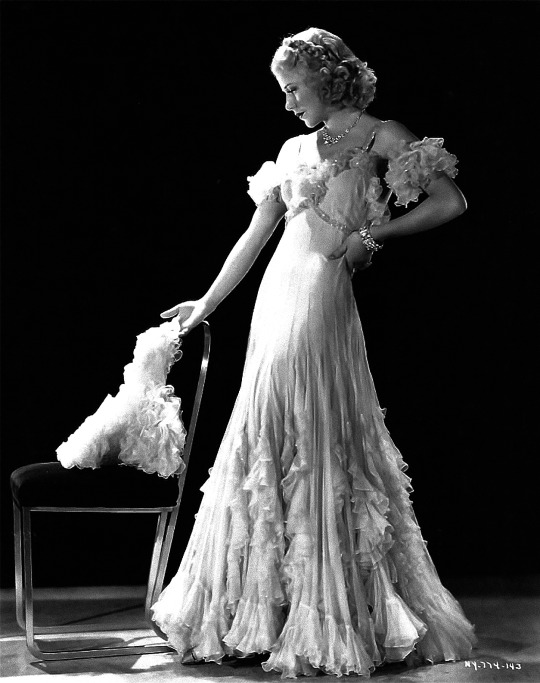
Ginger Rogers for The Gay Divorcee (1934)
#beautiful angel#ginger rogers#the gay divorcee#1930s#1934#fashion#old hollywood#rko#1930s movies#film#classic hollywood#my edits
297 notes
·
View notes
Text
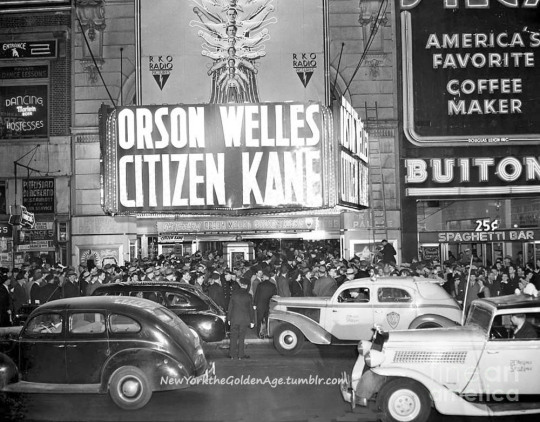
Citizen Kane had its world premiere on May 1, 1941, at the RKO Palace.
Photo: Granger/Fine Art America
#vintage New York#1940s#Citizen Kane#Orson Welles#film premiere#movie premiere#RKO Palace#May 1#1 May#classic films#old Hollywood
122 notes
·
View notes
Text

Vintage Poster - The Mysterians
RKO (1959)
#Posters#Film#The Mysterians#Mysterians#Science Fiction#RKO#RKO Radio Pictures#Vintage#Art#1959#1950s#50s
68 notes
·
View notes
Text
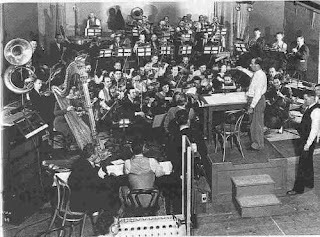
Max Steiner conducting the score for KING KONG (1933)
29 notes
·
View notes
Text
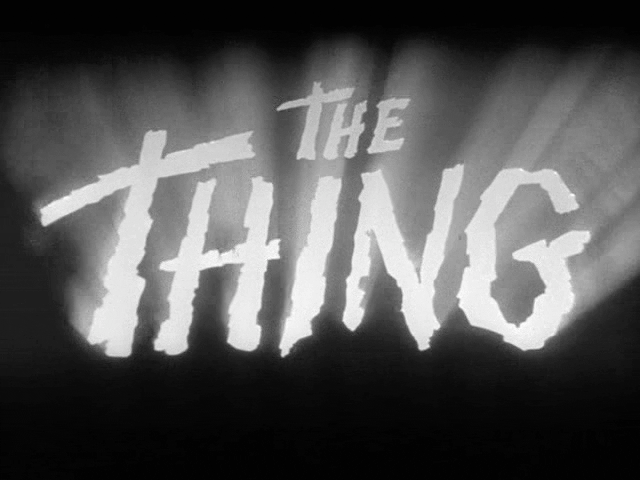




The Thing from Another World (1951)
512 notes
·
View notes
Text
How successful would Amanda Young…
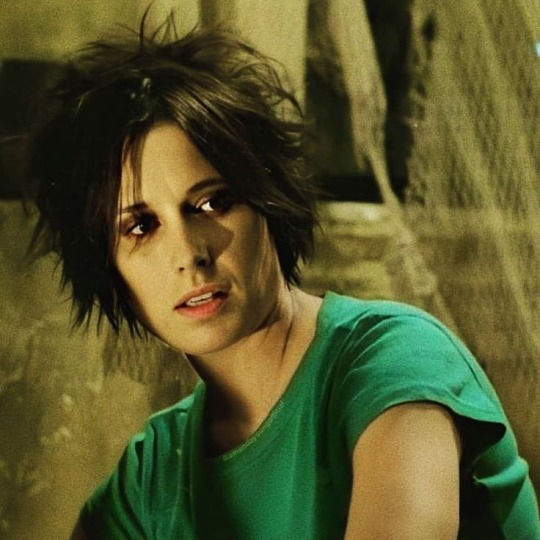
#amanda young#saw#saw franchise#saw films#saw fandom#saw amanda#amanda saw#jigsaw apprentices#amanda young saw#shawnee smith#saw poll#saw movies#pro wrestling#fandom polls#polls#tumblr polls#character polls#poll time#wrestling polls#poll blog#rko auditions#poll game#hyper specific poll#WWE#wwe poll#professional wrestling#wrestling
18 notes
·
View notes
Text
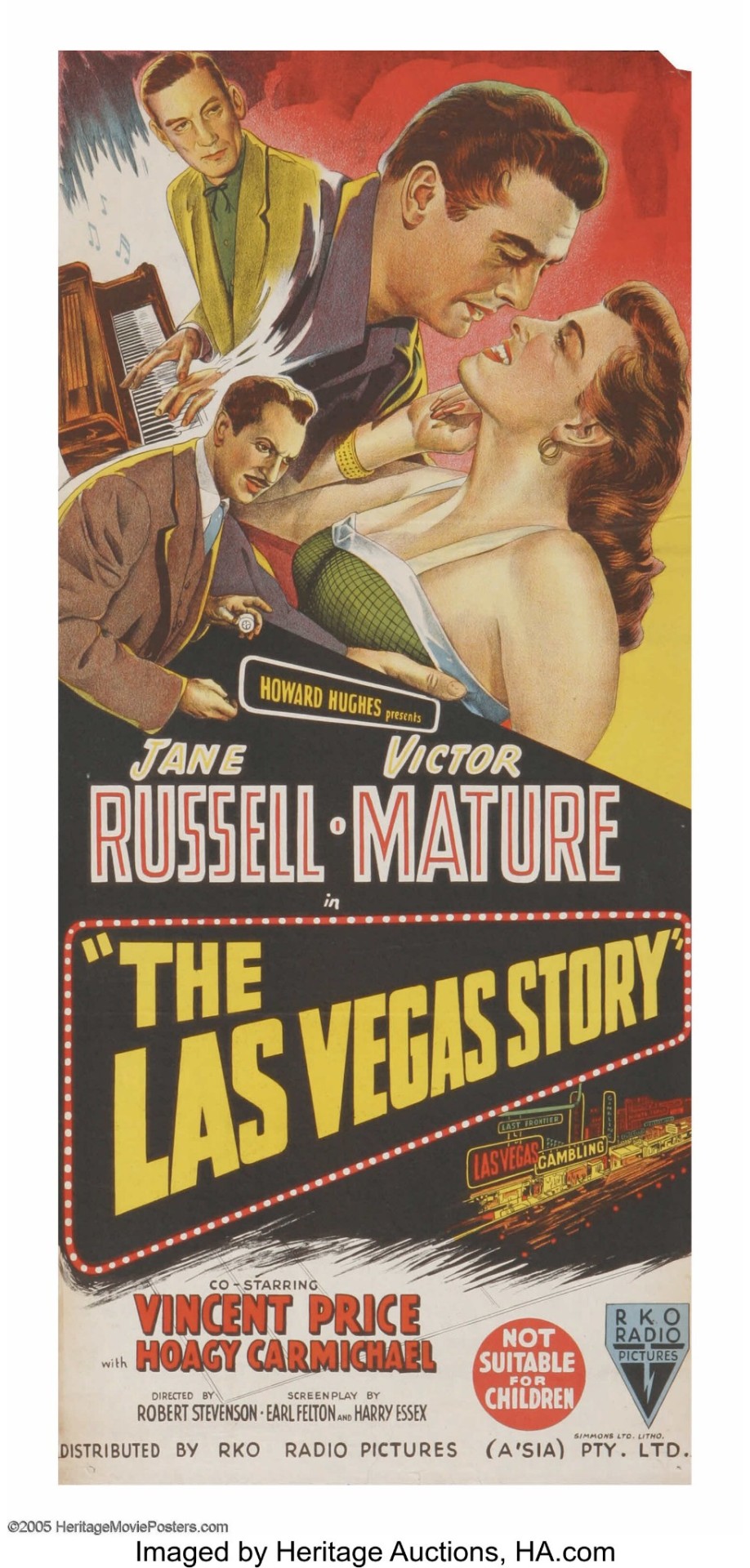
Vintage Poster - The Las Vegas Story (Australian)
RKO (1952)
#Posters#Film#The Las Vegas Story#Las Vegas Story#Jane Russell#Victor Mature#Vincent Price#Hoagie Carmichael#Vintage#Art#Las Vegas#RKO Pictures#RKO#RKO Radio Pictures#Howard Hughes#1952#1950s#50s
28 notes
·
View notes
Text

Cat People premiere. Rialto Theatre, Manhattan, 1942
#cat#cats#cat people#classic movies#classic film#horror#horror film#horror movies#thriller#thrillers#mystery#mysteries#40s horror#1940s horror#cinema#classic horror#vintage horror#jacques tourneur#val lewton#rko pictures#rko radio pictures
155 notes
·
View notes
Text

Theater display for “Cat People” (1942).
This was the movie that invented the “jump scare,” created not by the director, but by editor Mark Robson.
Continuing movement in one direction, a through line in a direction between cuts, and then had something come in parallel to the continuing movement. This resulted in a jarring sense shock and fear. The jump scare was extremely rare prior to the 1980s.
youtube
Originally posted by Kim Dallesandro's page on FB.
#cat people (1942)#supernatural horror#1940s films#jumpscare#jacques tourneur#simone simon#mark robson#kent smith#tom conway#jane randolph#jack holt#rko radio pictures#black and white#monochrome#Youtube
16 notes
·
View notes
Text
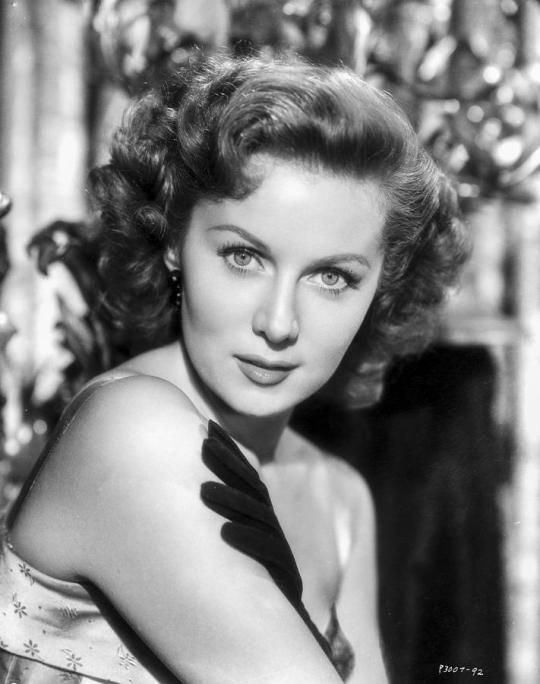
Rhonda Fleming
#Rhonda Fleming#SUTS 2023#TCM#actress#beauty#Marilyn Louis#film#television#vintage#Since You Went Away#When Strangers Marry#The Spiral Staircase#Out of the Past#Paramount Pictures#A Connecticut Yankee in King Arthur's Court#RKO#The Great Lover#Cry Danger#The Last Outpost#Crosswinds#Slightly Scarlet#The Killer Is Loose#MGM#Presbyterian#Republican#Summer Under the Stars#movies#classic#marriage#divorce
20 notes
·
View notes
Text
On March 8, 1956, Isle of the Dead premiered on television in Hartford, Connecticut.

#isle of the dead#isle of the dead 1945#mark robson#rko films#rko pictures#boris karloff#horror art#horror film#horror movies#horror#black and white film#black and white art#1940s hollywood#1940s film#midnight movies#movie art#art#drawing#movie history#pop art#modern art#pop surrealism#cult movies#portrait#cult film
0 notes
Photo



Cosplay the Classics: Lucille Ball in the 1940s
The first time I ever saw Lucille Ball not playing Lucy Ricardo was when TCM aired Du Barry Was a Lady (1943) when I was a kid. She floored me in this movie. This woman that had branded herself on my brain via sitcom reruns as an expert comedian and legendary face puller was also this knockout glamour girl?! And it’s not that Lucy is gorgeous, I already knew that, it’s that the film treats her as such. She’s lit like a goddess and that raging technicolor photography was a match made in heaven with her red hair and bright blue eyes. Since then, I’ve had the pleasure of seeing a lot more of her film work pre-I Love Lucy, including one of my all-time favorite movies, Dance, Girl, Dance (1940).
Ball might best be known now for her masterful work in television, as a performer and a producer, but boy her journey to get there was nothing to sniff at. Ball gradually carved out her niche in pictures by the end of 1930s, when she had already been in show business for the better part of a decade. Not fully satisfied with her work in film, Ball did double duty and heavily delved into radio. Between her radio work and her growing roles in pictures, she became the newest “Queen of the Bs.” (“B” referring to B pictures, lower budget films that were typically the second feature in the double features.)

Lucy’s styling progression from the 1930s through the early 1940s
The type Ball most excelled at playing was brassy and headstrong with a penchant for banter that usually relied at least a bit on her comedic timing. The physical comedy we now know Ball excelled at is only present in fits and starts across her filmography of the 30s and 40s. Regardless, she is fantastic at delivering repartee, even when it’s not very well written.
Looking back from this side of decades of I Love Lucy continuously playing on our TVs (at least in the US), I get the feeling that lots of people might be unaware that Ball got her start in entertainment for her looks. (And that her acting and comedy skills came from diligent work!) She started as a fashion model and was a spokesmodel for Max Factor Cosmetics starting in the 1930s. Ball got her break as a Goldwyn Girl because she had the right look and good timing.
Reviewing her filmography to research this cosplay, the time around 1940 stood out as a turning point for her career (and, in turn, her look). Generally speaking in studio-era Hollywood, you knew you had made it when you became the type to cast rather than fitting the type of some other, more established star. And, when you became your own type, that was usually accompanied by a styling shift that emphasized your own features over adjusting your features to emulate another star. To illustrate, here are photos of Lucille Ball, Joan Bennett and Ginger Rogers taken when they were all working at RKO in the 1930s, alongside photos of them in the early 1940s, when they were all on their own paths. Ginger was a rising star for the studio in the 1930s, so hers became a dominant look. (An added note for Lucy’s career at the time, is that she was mentored by Rogers’ mother Lela at RKO.)

Ball, Bennett, and Rogers above in the 1930s and below in the 1940s
This cosplay was roughly based on Ball’s signature styling in the mid-1940s, specifically around the time she made the film Lured (1947). (A movie which I feel could have easily spawned a series.) By this point she was settled into the hair and make-up we typically associate with Lucille Ball. Her eyebrows are a relatively thick, rounded arch and generally the roundness of her eyes is accentuated, instead of trying to elongate them. Her coppery curls are arranged around the center of her forehead with hair swept up at the temples. Her lipstick is applied in a manner that leans into the fullness of her lips while also emphasizing her slightly dubious expression. While I’ll admit a lot of these styling shifts correspond with beauty trend shifts from the 1930s into the 1940s, the execution of the trends are tailored to her unlike the '30s trends, as illustrated above.
By the time Du Barry was released in 1943, Ball’s red hair was already a selling point (though it was dyed much brighter for the sake of the technicolor). Her typical hair and makeup by the time Lured came out in 1947 only changed marginally from then through the 1950s. That is to say, even updating her look with trends like shorter, tighter cuts for women’s hair and stronger contrasting lines for make-up of the 1950s, Ball found the shapes that suited her and she stuck with them. It’s a beauty paradigm that makes her a joy to emulate, even on the closet-cosplay level I operate on!

The references I used to put this cosplay together can be seen below:

I also got a little bored at the prospect of editing these images, so I tried to replicate the photographic look of full-color portraits from 1940s fan magazines. Most notably, this photo of Janet Blair from the September 1943 issue of Modern Screen Magazine:

----
AND, if you want to read more about Lured, I wrote about it a few years back for Noirvember!
OR, if you want to read more about Joan Bennett, I cosplayed her a while back!
#Lucille Ball#cosplay#closet cosplay#cosplayers of tumblr#cosplay the classics#1940s#old hollywood#Old Movies#classic film#classic movies#lured#du barry was a lady#1930s#RKO#joan bennett#ginger rogers#film#movies#movie stars#film stars
135 notes
·
View notes
Text

Rochelle Hudson, Her first contract in Hollywood was in 1930 with RKO - who lied and padded her age by 2 years to promote that she was 16, when in fact she was only 14! After appearing in numerous Pre-Codes, her career continued until 1967.
#vintage#beauty#actress#hollywood#rochelle hudson#1930's#rko pictures#pre code hollywood#pre code film#pre code movies
6 notes
·
View notes
Text

Underwater! (RKO, 1955)
Starring Jane Russell, Gilbert Roland, Richard Egan, Lori Nelson, Robert Keith, Joseph Calleia, Eugene Iglesias, and Ric Roman. Directed by John Sturges.
24 notes
·
View notes
Text

Directed by George Cukor
One of our new favorites
Delightful dance between social classes in Britain.
Gilbert Roland and Violet Kemble Cooper get into an argument why or why not to marry, each has their own point of view.
Our Betters (1933)
A must watch by RKO Studios.
#rko radio pictures#rko studios#george cukor#30s movies#film#cinema#film noir#old hollywood#must see movies#great actor#great movie#movies#old movies#classic movies#Drama#comedy#motivatonal movies#romance#al pacino#animation#spy movie#exploitation#sports movies#movie clips#film edit
5 notes
·
View notes